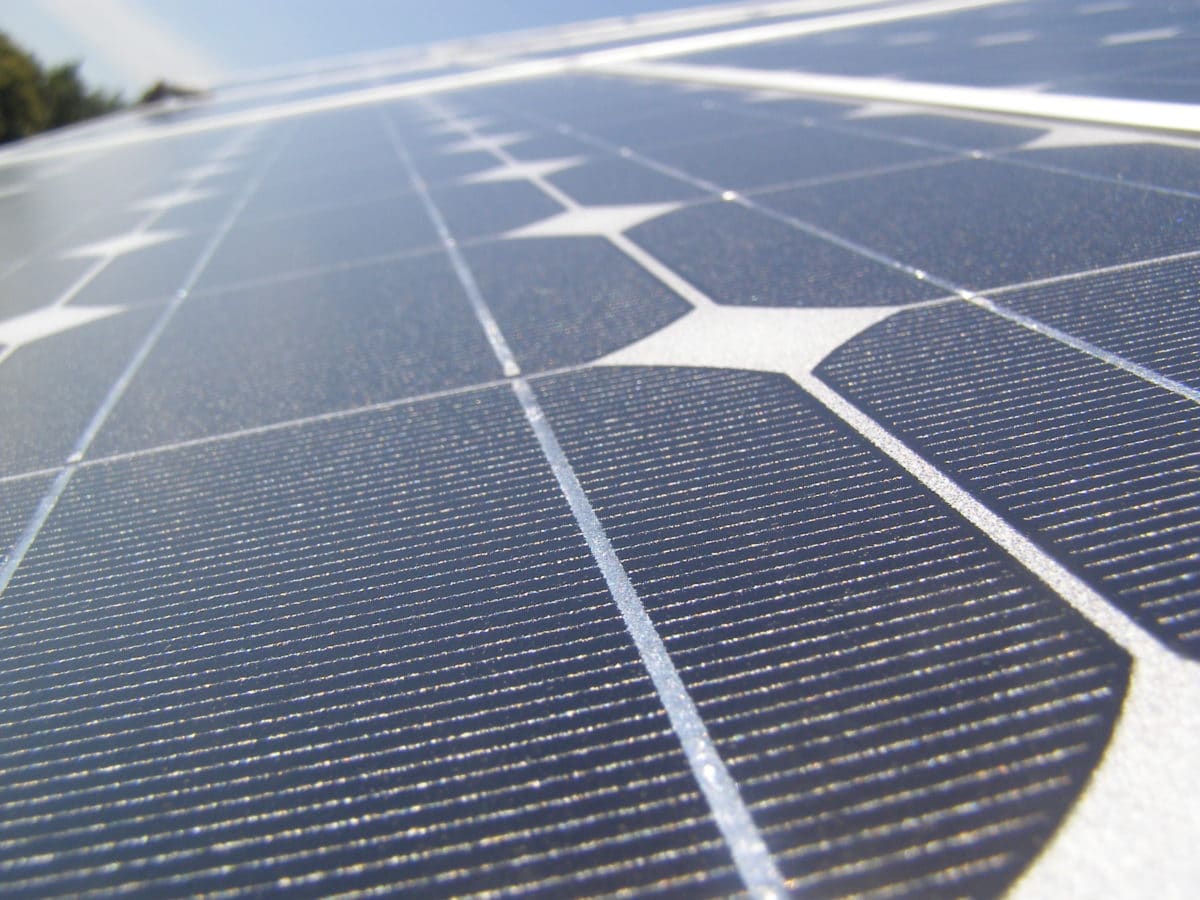From pv magazine USA
In an earlier article, we reviewed the three most typical models available to businesses for buying solar power: customer-owned on-site, third-party on-site, and community solar.
Now, let’s dive a little deeper into some key differences between on-site options and the off-site community solar option. Just like last time, we’ll think of community solar as the only off-site option, given its broad availability for many consumers.
Let’s start out with one of the largest demising lines for most businesses: do you own the property, or are you a tenant? If the answer is tenant, in many cases this can nearly end the discussion and take on-site solar off the table.
There are several reasons why this may be the case for renters. For example, electric utilities often don’t hold these discussions with anyone but the owner. Or, the potential for dispute arises when property damage or loss occurs should a leaky roof result or loss of generation occur due to maintenance work not being performed.
Of course, everyone’s situation is different, and maybe you have a great relationship with the landlord, you plan to be in your location for the long haul, and the utility company is willing to work with you. But in most tenants' situations, it doesn’t work out.
If you are a building owner, one consideration for going on-site with your system, and one that may require a conversation with your accountant, is the available state and federal incentives. These incentives can significantly offset your system installation price if you qualify and if you are in a taxable position to take advantage of them.
While state programs vary wildly, the US federal Investment Tax Credit for solar in 2021 can offset your tax burden by 26% of the installation costs. That credit alone can make payback calculations look much more attractive. And if you are already talking to your accountant, it may be a good time to bring up things like depreciation of assets relative to the solar installation, and maybe even the potential increase in property value related to solar energy measures you are considering installing.
Popular content
Remember O&M
One important factor in deciding between on-site and off-site models is its maintenance and ongoing performance monitoring to make sure you are getting your money’s worth. Theoretical payback calculations go out the window if a system isn’t operating as it should.
While some of us might enjoy reading monthly reports from a data acquisition system, comparing them to expected generation based on actual weather, and making sure production meters and utility meters are generally in agreement, I’ll say that most people don’t have the interest or time to devote to such a task.
When comparing financial models for on-site and off-site options, make sure you are capturing costs for third-party monitoring and/or maintenance for an on-site system. It also is prudent to make some assumptions for periodic capital costs to replace inverters or other components that can fail over time.
If any or all of these things don’t appeal to you, then that may be a check mark in favor of community solar; in that model, maintenance and performance are taken care of by the system owner.
Other factors have to be weighed into your decision, but these are some major points that should help narrow down your choice. As always, it’s never a bad idea to speak with a knowledgeable professional if you can, and take advantage of their insight and, most importantly, their knowledge of things that haven’t gone well in the past relative to your situation. That way, you can learn from the mistakes of others.
Steven Longway is director of Buildings Engineering at LaBella Associates.
This content is protected by copyright and may not be reused. If you want to cooperate with us and would like to reuse some of our content, please contact: editors@pv-magazine.com.


1 comment
By submitting this form you agree to pv magazine using your data for the purposes of publishing your comment.
Your personal data will only be disclosed or otherwise transmitted to third parties for the purposes of spam filtering or if this is necessary for technical maintenance of the website. Any other transfer to third parties will not take place unless this is justified on the basis of applicable data protection regulations or if pv magazine is legally obliged to do so.
You may revoke this consent at any time with effect for the future, in which case your personal data will be deleted immediately. Otherwise, your data will be deleted if pv magazine has processed your request or the purpose of data storage is fulfilled.
Further information on data privacy can be found in our Data Protection Policy.